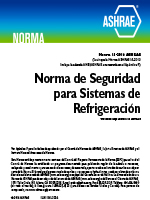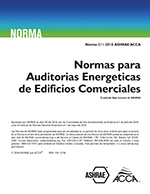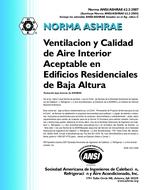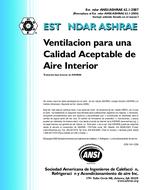Description
To reduce the incidence of water-related damage in building walls using “absorptive” claddings, model residential building codes have required the use of water/weather-resistive barrier (WRB) materials behind nearly every type of exterior cladding, as well as some means of draining water from the building enclosure. Some industry groups (such as the National Association of Home Builders) have also recommended that cladding manufacturers’ existing drainage and drying features be supplemented. This has stimulated development of a variety of “next generation” WRB products, which are advanced over traditional kraft building papers and asphalt saturated felts in that they possess enhanced drainage/drying capabilities. The newer materials can be used alone or in conjunction with spacer materials (such as furring, drainage mats, and the like) to create an air space/capillary break between the WRB material and the back side of the cladding, in a “rain screen” approach to provide a moisture-resistant, durable building enclosure. To create the capillary break, spacer materials are fastened through the WRB materials to the underlying sheathing. While this configuration does provide additional protection, some spacer materials may retain residual water that can migrate through fastener holes to the underlying substrate sheathing. However, some advanced WRBs are reportedly able to “self seal” at fastener penetrations.
The purposes of this investigation were to 1) obtain qualitative information about the water resistance performance of five “next generation” WRB products that employ various means of enhancing drainage (integral spacers, grooved/quilted surfaces, and the like) and 2) obtain qualitative information about the performance of these WRB products when they are used in conjunction with fasteners and supplementary spacer materials (closed cell polyethylene foam furring strips and open-weave monofilament drainage matting). The WRB materials were exposed to a hydrostatic head of water under several typical construction scenarios, including contact with oriented strand board (OSB) sheathing combined with a staple fastener, contact with OSB sheathing combined with a foam furring strip and two sizes of staple fasteners, and contact with OSB sheathing combined with an open-weave drainage mat and two sizes of staple fasteners. While all the WRB products tested can resist water penetration, one was able to “self seal” when breached by fasteners, while the others were not. Additionally, one type of spacer material (foam plastic furring strips) was shown to prevent further water penetration when it is fastened to WRB materials, while another (an open weave monofilament drainage mat) was not. This study is a continuation of peer-reviewed research that was presented in 2004 and 2007 at Thermal Performance of the Exterior Envelopes of Whole Buildings conferences and published by ASHRAE (Williams 2004, 2007).
Citation: Thermal Performance, International Conference, 2010
Product Details
- Published:
- 2010
- Number of Pages:
- 9
- File Size:
- 1 file , 260 KB
- Product Code(s):
- D-BUILDINGSXI-191




